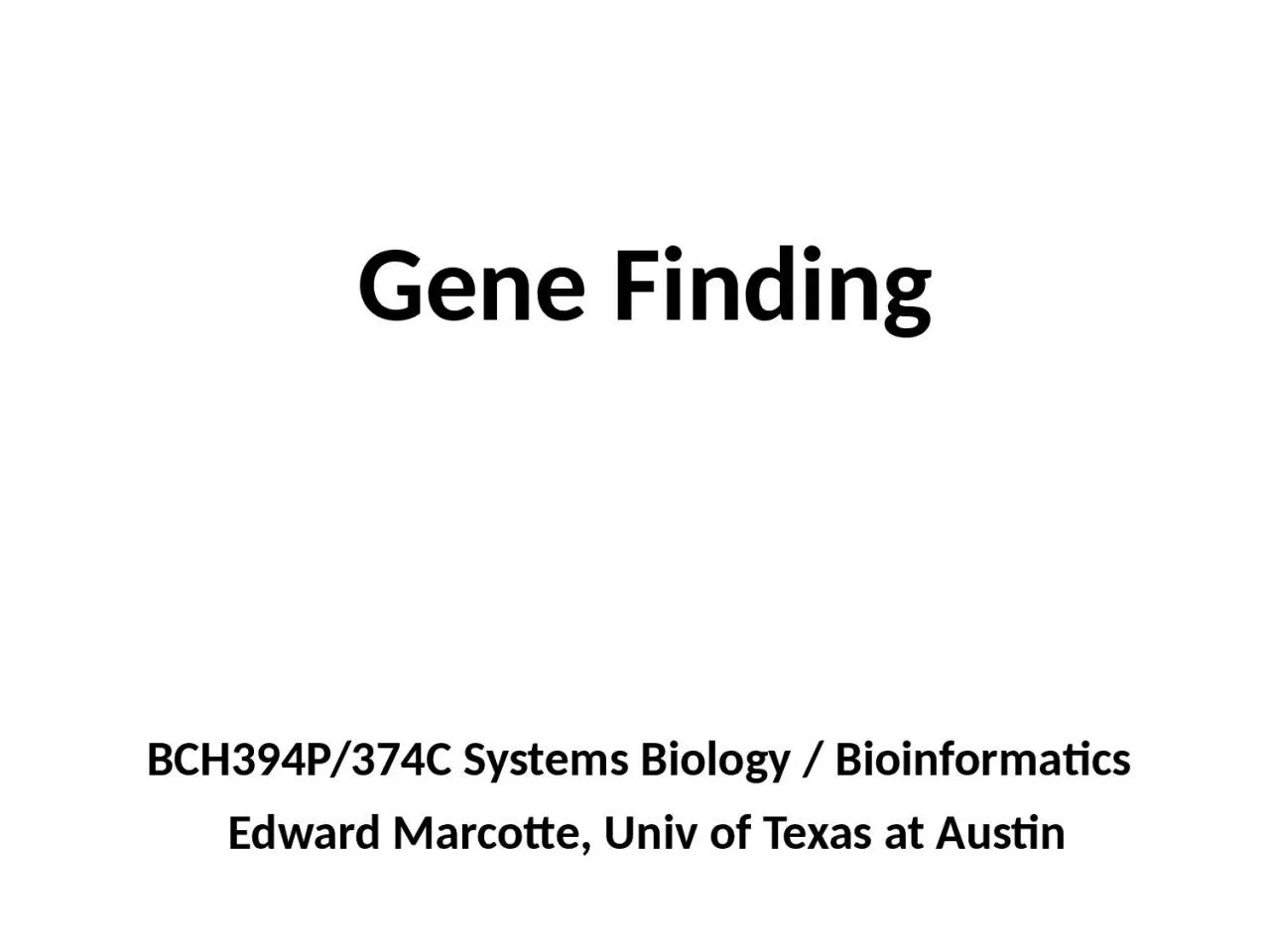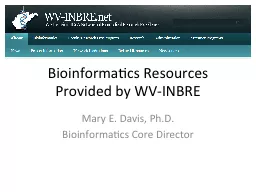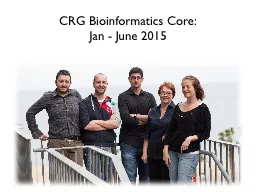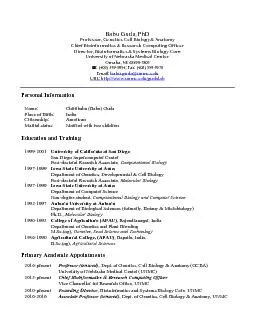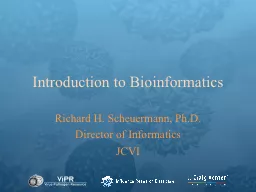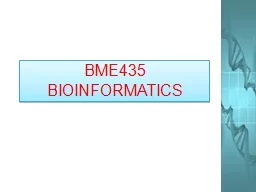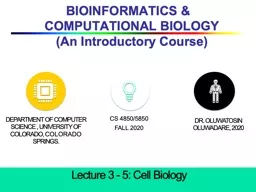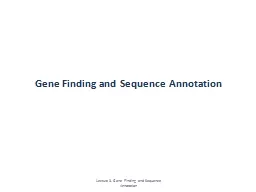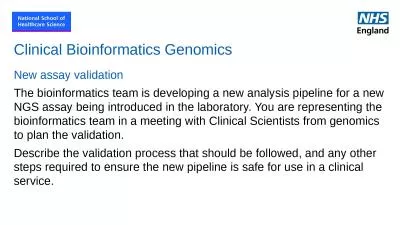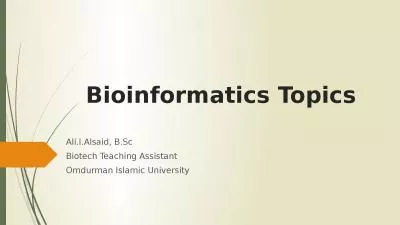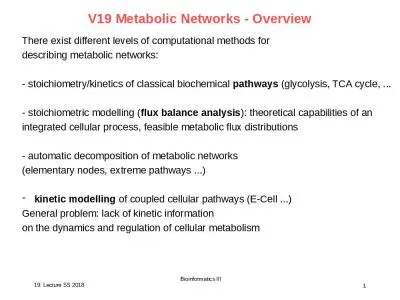PPT-Gene Finding BCH394P/374C Systems Biology / Bioinformatics
Author : RainbowGlow | Published Date : 2022-08-03
Edward Marcotte Univ of Texas at Austin Lots of genes in every genome Nature Reviews Genetics 13329342 2012 Do humans really have the biggest genomes Genome
Presentation Embed Code
Download Presentation
Download Presentation The PPT/PDF document "Gene Finding BCH394P/374C Systems Biolog..." is the property of its rightful owner. Permission is granted to download and print the materials on this website for personal, non-commercial use only, and to display it on your personal computer provided you do not modify the materials and that you retain all copyright notices contained in the materials. By downloading content from our website, you accept the terms of this agreement.
Gene Finding BCH394P/374C Systems Biology / Bioinformatics: Transcript
Download Rules Of Document
"Gene Finding BCH394P/374C Systems Biology / Bioinformatics"The content belongs to its owner. You may download and print it for personal use, without modification, and keep all copyright notices. By downloading, you agree to these terms.
Related Documents

